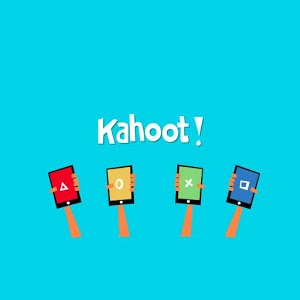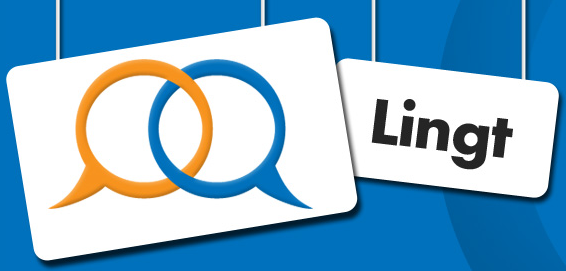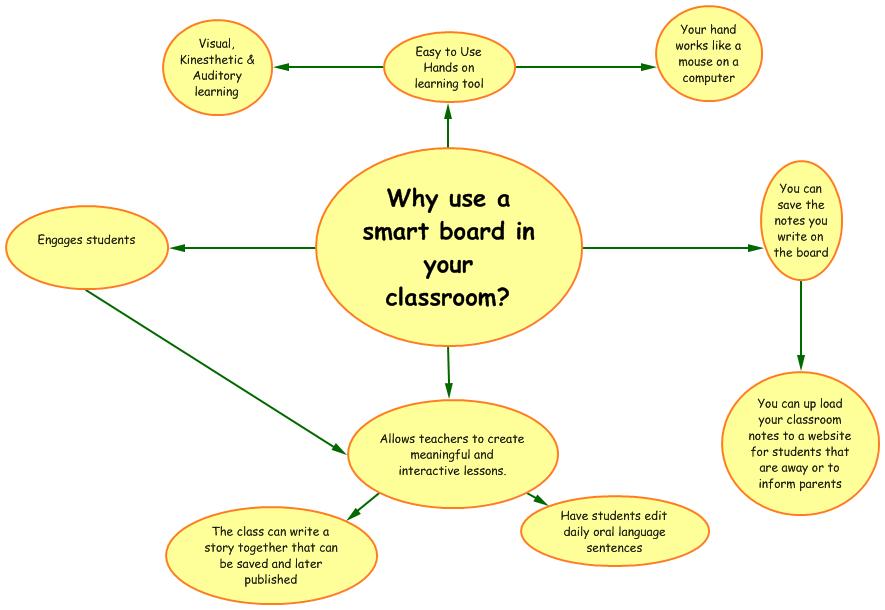- Digital storytelling through story jumper and zoo burst
- Voki
- Product creation through thinklink or comic creators
- Ujam for creating hip hop/rap
- Kahoot and Zondle for online trivia
- How to create lessons on the internet through power my learning or blendspace
- Edynco for using mindmaps in teaching
- Moovly for the creation of video presentations
- Learnzillion, Flocabulary, and so much more! at tinyurl.com/tomlin2015
After this session and our half hour to collect ourselves, excitement and anticipation mounted upon the realization that a foreign language presenter was actually about to begin on the third floor! One of only two presentations focusing on language acquisition, this was perhaps the most valuable for direct application in my own classroom. Admittedly, I was surprised that there were not more presentations relating technology to language learning, as this is one of the few ways that students in schools in the U.S. have access to a large variety of native speakers and authentic texts. Anyway, back to the most exciting resource gained from the day: ways to assess speaking proficiency outside of class! Thus far, oral exams have been part of the end-of-unit assessment and take days to complete for all students, squandering, in a way, valuable class time that could be used for additional learning. While Vocaroo, Audacity and the Audio Dropbox can all be used to assess speaking, it is extremely easy for students to prepare answers on a piece of paper and then read from said paper during the assessment, as a teacher cannot see them and they have the time to do so. In order to prevent this, both Lingt language and MSU Clear could be used, both resources I had never heard about beforehand. Both operate around a similar concept: the teacher audio-records his or her questions, and then the student advances through the assessment one at a time. The teacher has the option to time the response, for example allowing no more than thirty seconds for the student to speak directly after hearing the question. Then, when grading the assessment, the teacher can play through all audio-recorded answers. It seems much more time effective, and I would love to play around with this idea! However, I will miss being able to spontaneously follow-up student responses...
Finally, last but not least: the most rewarding part of the day. Lightening talks!! Personally, a five minute talk with slides automatically advancing every 15 seconds would stress me out, but many of these presenters did a fantastic job. The two that resounded most with me was basically a poetry slam piece and a woman using the web above Wilbur in Charlotte's web as an analogy for the labels we give our students. As we left, I felt all of my passion for being a teacher, something I sometimes forget when almost drowning in University work, planning and grading for my high schools classes, student teaching, and whatever may be happening in my personal life. It was refreshing, this remembering why teaching is so important to me and how much I care about my students as their individual selves, rather than a singular mass under the title of "learner."













